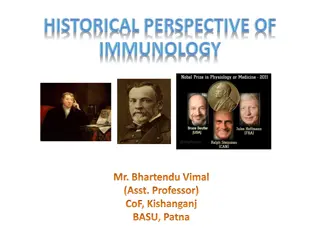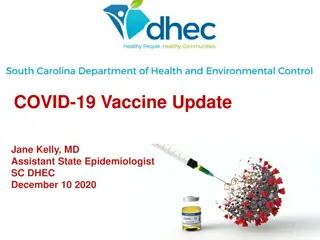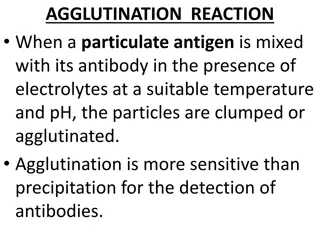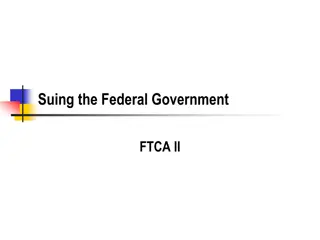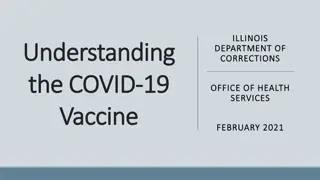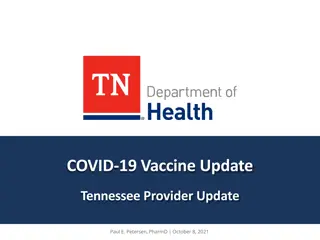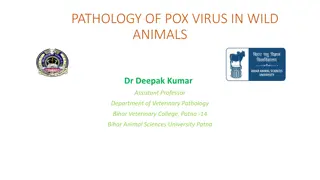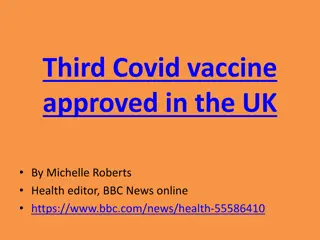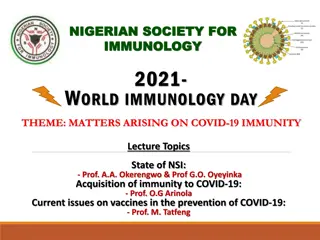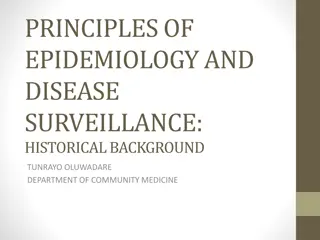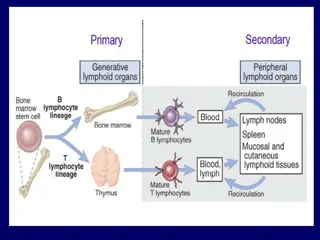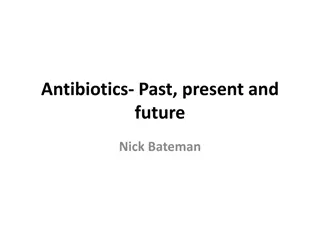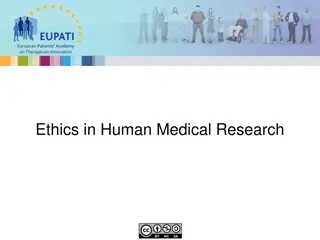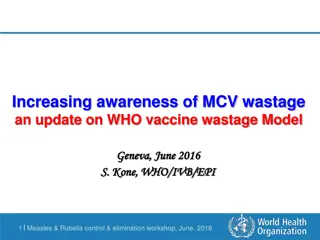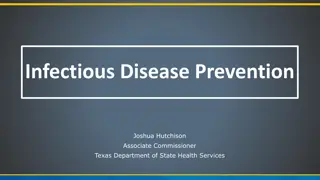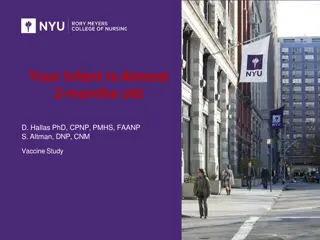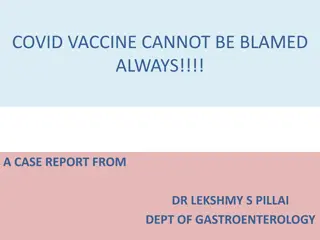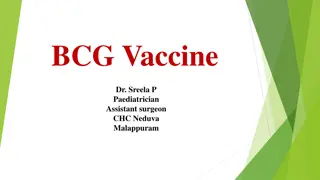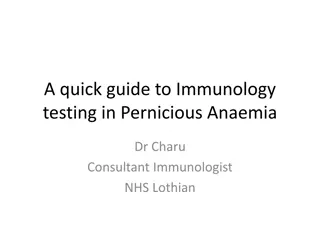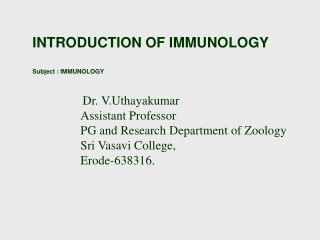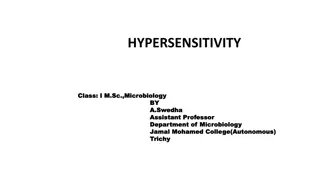Edward Jenner: Pioneer of Smallpox Vaccine and Father of Immunology
Edward Jenner, a renowned figure in medical history, was born on May 17, 1749. He made significant contributions to immunology by developing the smallpox vaccine. His pioneering work involved inoculating individuals with cowpox to confer immunity against smallpox, a disease that was highly feared for centuries. By successfully demonstrating the effectiveness of his vaccine through careful experimentation, Jenner revolutionized the field of medicine and saved countless lives.
Download Presentation

Please find below an Image/Link to download the presentation.
The content on the website is provided AS IS for your information and personal use only. It may not be sold, licensed, or shared on other websites without obtaining consent from the author. Download presentation by click this link. If you encounter any issues during the download, it is possible that the publisher has removed the file from their server.
E N D
Presentation Transcript
Edward Jenner Dr.G.ChitraParvathy
Pioneer ofsmall poxvaccine Father of immunology EdwardJenner(1749-1823)
life of Jenner. Born on 17t h May 1749(Berkeley) From the age of 14yrs ,trained as apprentice to Daniel Ludlow, a surgeon In 1770-worked under surgeon John Hunter at St.George shospital. Returned to Berkeley in 1773,practised as GP &surgeon. Edward Jenner died of stroke at the age of 73, on 26 January1823
Smallpox Disease goes through stages of macules ,papules, vesicles,pustules over theskin. Severe forms- hemorrhagic
Greatlyfeareddiseaseforthousandsofyears CausedbyVariola virus 1/3rd of the patientsdied Survivors badly disfigured 10 yrs before eradication ,the disease was present in 44 countries, with a global incidence of around10millioncasesannually!!!
Jenner Vs Pox Jenner s initial theory- The initial source of infection was a disease of horses, called "the grease", and that this was transferred to cows by farm workers, transformed, and then manifested as cowpox. He noted-Milkmaids don't generally get small pox He theorized it-pus in the blisters which milkmaids received from cowpox (a disease similar to smallpox, but much less virulent) protected the milkmaids fromsmallpox.
On 14 May 1796, Inoculated James Phipps, a young boy of 8 years (the son of Jenner's gardener), with material from the cowpox blisters of the handof Sarah Nelmes, a milkmaid who had caught cowpox from a cow calledBlossom produced a fever and some uneasiness but no greatillness Injected Phipps with variolous material No diseasefollowed Again challenged withvariolous material-but no sign of infection
Why Jenner wassuccessful?? Not only inoculated cowpox,but also provedthattheyareimmunetosmall pox Demonstrated that the protective cowpox could be effectively inoculated from person to person, not just directly fromcattle. He tested his theory on a series of 23 subjects. This aspect of his research method increased the validity of his evidence.
He continued his research and reported it to the Royal Society, who did not publish the initialreport. After improvement and further work, he published a report of twenty-threecases In 1803 in London he became involved with theJennerian Institution ,a society concerned with promoting vaccination to eradicatesmallpox.
Post-Jennerera 17 yrs after his death(1840), British government banned variolation ( the use of smallpoxitself) and provided vaccination (using cowpox )free of charge. In 1976,Global eradication programme of Smallpox initiated byWHO. After 10 years-disease was wiped out,
. Last stock is in USA and Russia They were to be destroyed by June 30 , 1999. But fears of the possible use of small pox in bioterrorism led to an indefinite extension of the deadline. Whole world was certified small pox free area in October 1979. Formally declared by WHO in 8t h May 1980
Remembering the great man.. -Jenner's house is now a small museum housing among other things the horns of the cow , Blossom(Berkeley). -Near the small Gloucestershire village of Uley, Downham Hill is locally known as 'Smallpox Hill', with a possible connection to Jenner's local work with thedisease.
A statue was erected in Trafalgar Square, later moved to KensingtonGardens.



